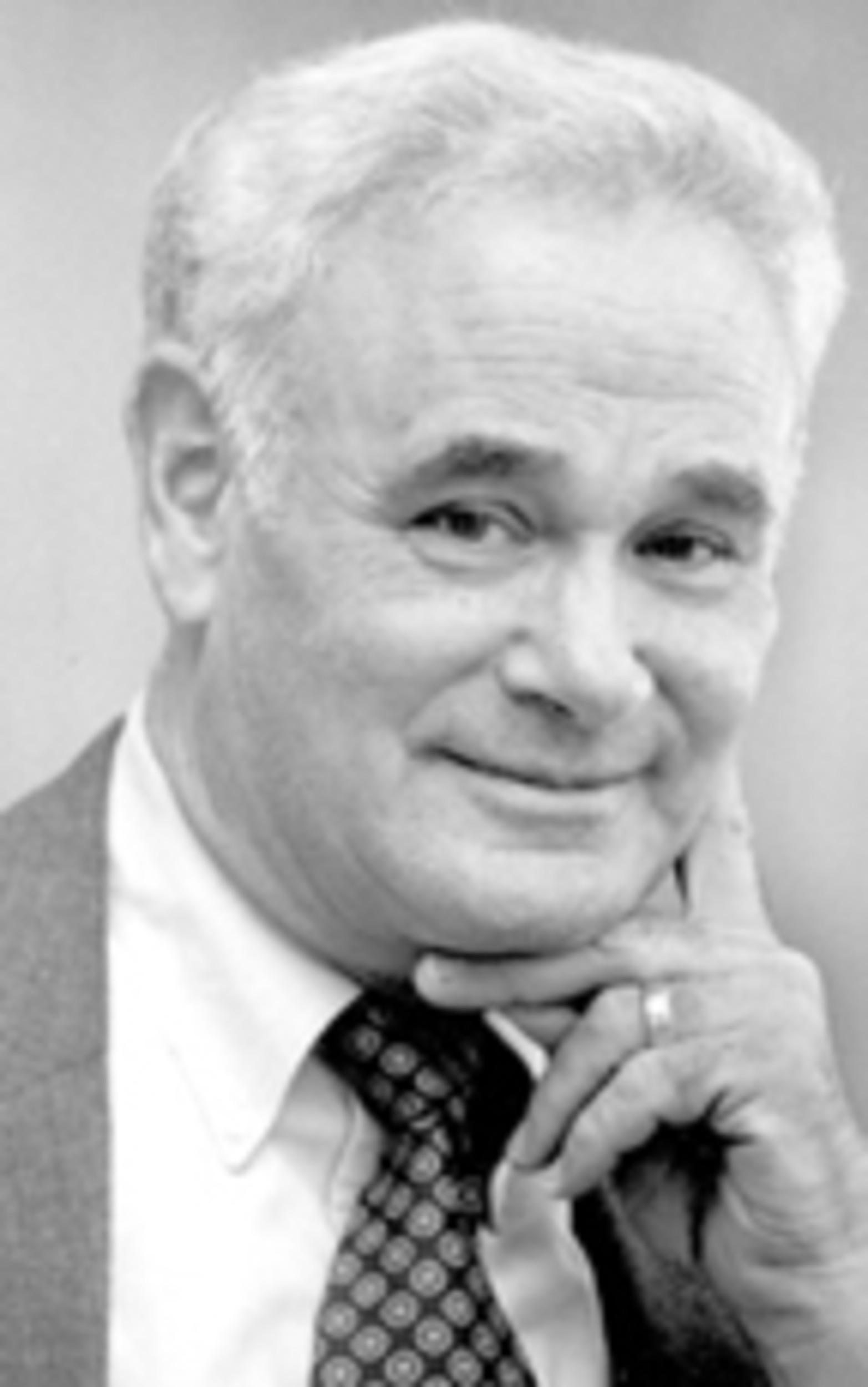The complexities of the unsaid, the unspoken and the unsayable
In October 1964, Simon and Garfinkel’s “The Sound of Silence” appeared on their debut album, “Wednesday Morning, 3:00 A.M.” The song received little notice until it was released as a single in September 1965. By January 1966, “The Sound of Silence” had made it all the way to No. 1 on the Billboard Hot 100, and soon hit the top 10 in several countries around the world.
But I would suggest that silence does not have a single sound; rather, silence speaks in many voices.
In her book, “The Reading of Silence: Virginia Woolf in the English Tradition” (Stanford University Press, 1991), Patricia Ondek Laurence, a Woolf scholar (and a friend of my wife since their undergraduate years at City College), explores three types of silence found in Woolf’s fiction: “Distinctions are made in her novels between what is left ‘unsaid,’ something that one might have felt but does not say; the ‘unspoken,’ something not yet formulated or expressed in voiced words; and the ‘unsayable,’ something not sayable based on the taboos of Victorian propriety or something about life that is ineffable.”
At times Woolf’s characters pay a steep price for maintaining their silence; at other times, their silence turns out to be a saving grace.
This past spring I had the privilege and pleasure of reading Seamus Deane’s “Reading in the Dark” (Alfred A. Knopf, 1997), a novel in the form of 46 prose poems that trace the development of a never-named boy, the third of seven children in an Catholic family in Northern Ireland. We watch him grow from a young child in the early 1940s to a mature teenager in the late ’50s. In many ways, “Reading in the Dark” is the story of silence in its many forms. At its center lies the secret of what really happened to Uncle Ed, the brother of the child’s father. This secret disfigures the growing boy’s family relationships, especially his relationship with his mother.
The witch’s brew of the unsaid, the unspoken and the unsayable drive mother and son further and further apart as the boy moves into his teenage years. The teenager has learned far more about the secret of Uncle Ed than his mother realizes, and the enforced silences cause him immense psychic pain: “I imagine talking to her [his mother] like this, rehearsing conversations I would never have.
“ ‘What you don’t know doesn’t hurt you,’ I would say. ‘What I don’t know and you won’t tell, that does hurt me’ ”.
By the time the boy has reached his late teens, the silences surrounding the fate of Uncle Ed compel him to present his mother with this bitter gift on her birthday: He promises “to go away after university.” The refusal of both mother and son to break their silences regarding Uncle Ed has created an irreparable breach between them.
While their silences drove mother and son apart, the father’s silence regarding Uncle Ed, the silence of the unsaid and the unspoken, is what preserves his 35-year marriage. Looking back from the perspective of his late 20s, the son observes: “He [his father] knew something lay beyond him, but he had no real wish to reach for it.
“Maybe it was wise for him, for the whole marriage had been preserved by his not allowing the poison that had been released over all these years, as from a time-release capsule, to ever get to him in a lethal dose.”
The profound confusions engendered by our silences – when to speak, when to hold our tongues – are by no means limited to the world of fiction. The sounds of silence are continuously reverberating within our nuclear and extended families as well as within the overlapping communities in which we take part.
It seems to me that each of us, at one time or another, has been wounded by the silences of others and by the silences we feel compelled to maintain; yet, paradox of paradoxes, the sounds of silence have at other times been the source of our salvation.
JAMES B. ROSENBERG is rabbi emeritus at Temple Habonim, in Barrington. Contact him at rabbiemeritus@templehabonim.org.








